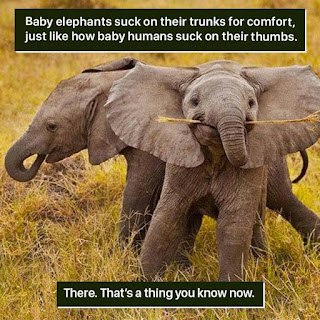Nature Facts of the earth
Earth facts for kids
Earth is the third planet from the Sun and is the most special in the solar system. It is about 149,597,890 km from the Sun and is the only planet known to sustain life.
Earth has 70% water, which is only 0.25% of the total mass of the planet. 8% of the Earth has volcanoes, 11% is fertile land used to grow crops, 10% is covered in snow, and a fifth of the Earth's surface is desert land.
The temperature of the Earth's core is about 7,500 Kelvin, which is warmer than the Sun's surface!
The Earth's axis is tilted at an angle of 23 degrees. Due to this, we have four seasons in a year.
A very strong earthquake at sea level causes deadly waves known as tsunamis. Volcanic eruptions within and around the ocean can also cause tsunamis.
Animal facts
Dogs have two distinct airways, one for breathing and the other for the smell. This allows them to store scents in their nose, even when they are exhaling!
Cats do not have collar bones, and their spine is very flexible. When a cat walks, its hind paws step into almost the same location as its front paws were earlier, allowing them to make less noise and leave fewer track marks.
Killer whales, also known as orcas, are not whales at all and are actually a type of dolphin. They are the largest breed of dolphin in existence.
Hummingbirds are the only birds in the world that can fly sideways, backward, up and down, and even in mid-air. They can beat their wings up to 200 times per second. They are famous for being the smallest bird in the world.
Ostriches can run faster than horses and male ostriches roar like lions.
Space facts
In ancient times, the constellations of stars were used to keep track of the calendar and for navigation.
There are more than 125 billion galaxies in our universe. Our galaxy has about 100-400 billion stars.
The collapse of a large dying star creates a black hole. It has a very strong gravitational force that sucks everything including light!
Our solar system is composed of planets, moons, comets, asteroids, miniature planets, dust, and gas. Everything revolves around the Sun.
There are three different types of planets; Terrestrial planets (Mercury, Venus, Earth, and Mars), they have very solid, rocky surfaces, gas giants (Jupiter, Saturn, Uranus, and Neptune), mostly composed of frozen hydrogen and helium, and dwarf planets (Pluto, Ceres, and Eris), small circular planets orbiting the Sun.
Technology facts
Televisions receive and then display a broadcast of images that move so fast, they appear to the human eye as smooth motion.
The Internet and the World Wide Web are not the same things. The Internet is a network of other small networks that connect computers together all over the world. The World Wide Web is a collection of linked pages that can be accessed with the help of the Internet and a web browser.
All electrical devices have fuses. Fuses are essentially fire breakers. If there is a power surge, the fuse will break, preventing any damage or fire.
Electronic computers were developed around the 1940s and were the size of a large room. Today, computers have become so small that they have been embedded in other things such as microwaves, toys, cell phones, etc.
In 1495, Leonardo da Vinci abandoned designs for a humanoid robot. Today, many robot prototypes are being built. also, more read prsideas





